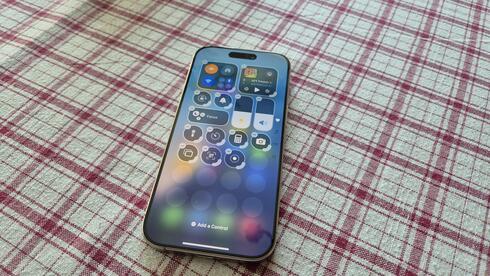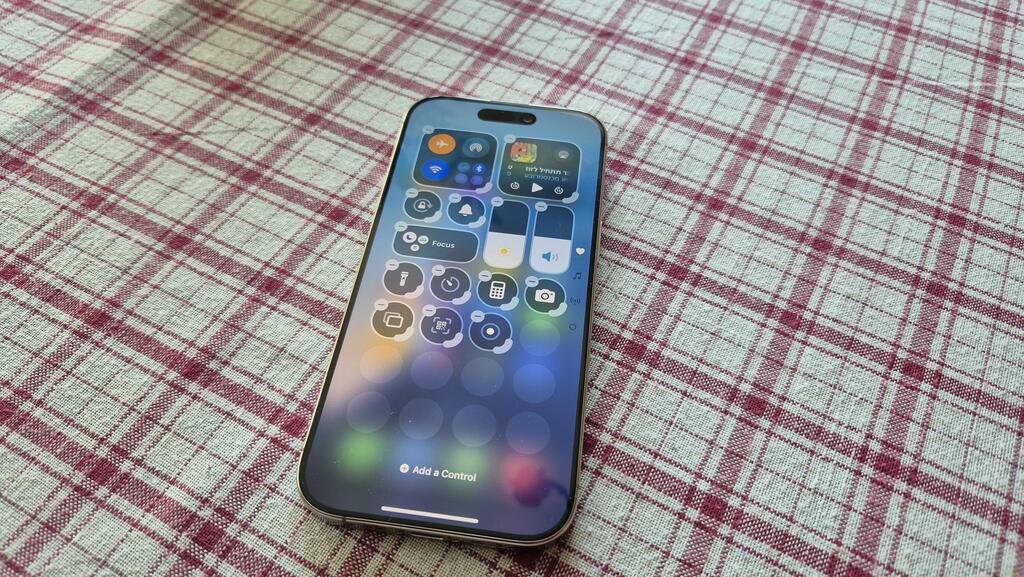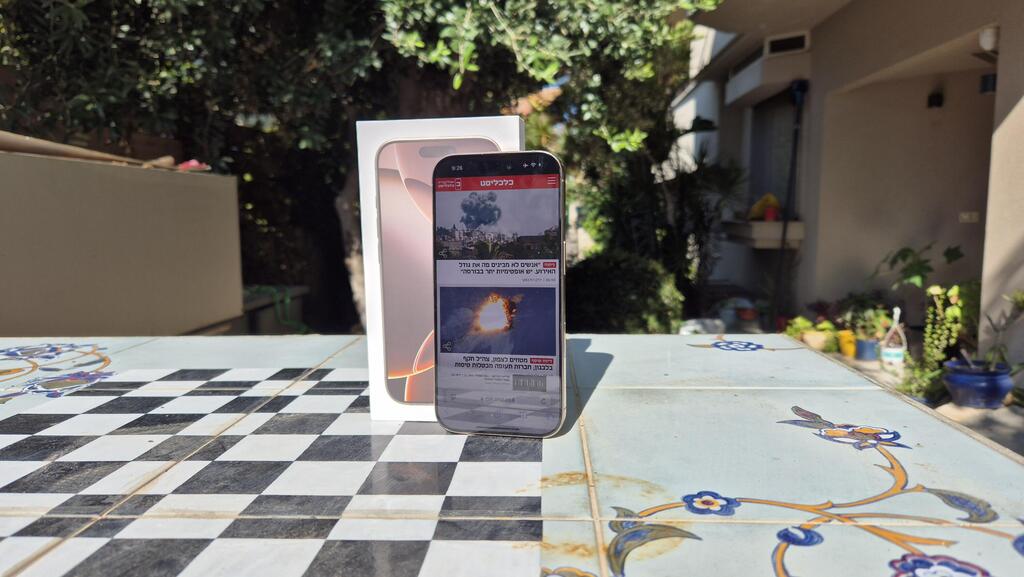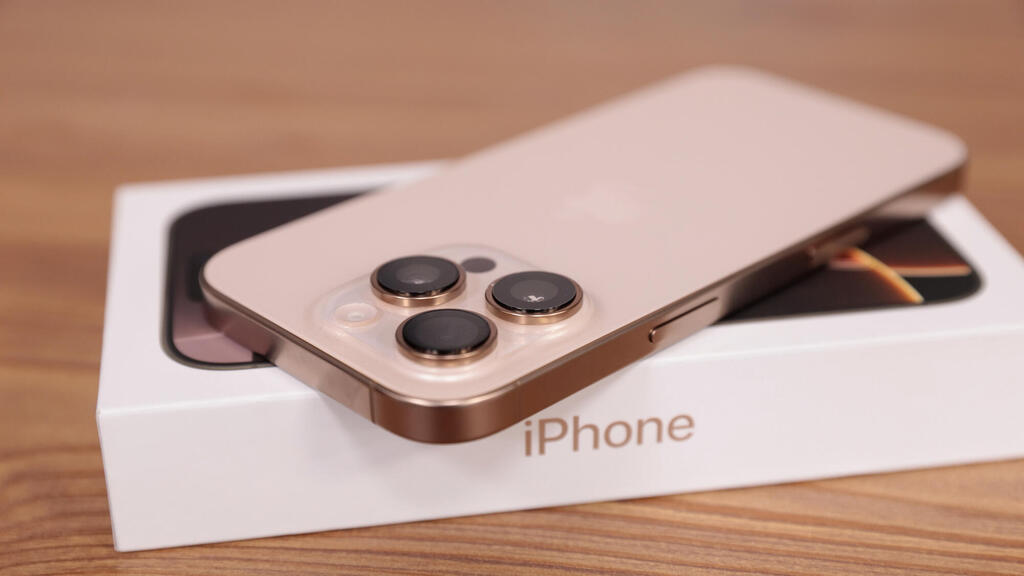
Smartphone review
iPhone 16 Pro review: Is Apple asking too much for too little?
Small tweaks, delayed AI, and a price tag that challenges its worth compared to competitors.
Top Line
The iPhone 16 Pro is an excellent device, but the emerging tradition of small updates is no longer very convincing and it is difficult to see clearly what the winning advantage of the new model is compared to its predecessors and compared to the competitors.
And there is also the matter of price: the basic model of the iPhone 16 Pro costs about $1,000, and comes with only 128 gigabytes of storage. Samsung, for example, no longer offers such a volume at all - the Galaxy S devices and the folding models start with double the volume, and other Android manufacturers are also going in this direction. Apple charges a premium price, because it is Apple, and a model with 256 GB will cost $1,200. In short, you pay more and get less volume - with all due respect to innovations in other areas, such as the impressive ability to edit sound in videos and the new photo button.
The AI innovations will, when they arrive, also come to the iPhone 15 Pro and Pro Max models, which further reduces the temptation to upgrade.
Will the fact that there are not many big innovations here, the high price and the delay in the arrival of AI hinder the sales of the iPhone 16? Probably not, after all - it's an iPhone, and it already has a large and loyal audience.
Details
Let me skip the lengthy introduction to the device this time or at least shorten it: the iPhone 16 Pro looks quite similar to previous models, both in design and size, with only a few millimeters of change and about ten grams added. These slight adjustments are enough to increase the screen size — from 6.1 inches in the 15 Pro to 6.3 inches in the 16 Pro.
We received the new iPhone 16 Pro for testing, courtesy of the iStore network. Let's start with the compliments: the new model is fast, the screen is excellent, the cameras are impressive, the speakers are high-quality, and it easily handles any task. The battery lasts a full working day. But honestly, all of this could also be said about the previous model. Yes, it has a new processor, the screen has grown slightly, and there’s a new camera button, but these aren't groundbreaking innovations — it's more evolution than revolution.
The main innovations will come later
The most notable innovations in smartphones over the last year have come from software, particularly in the realm of AI. Apple has its version of AI too, but they call it "Apple Intelligence." And here’s the unusual part of the launch: the major innovation isn't available yet, at least not officially. These new features will come in a software update, which Apple plans to distribute sometime in October. Even then, it will only be partial, with further updates expected throughout 2025. In essence: buy now, get the full experience... later.
Some of the new tools simply close the gap with competitors. For example, there are tools for writing: you can draft a message in any app and ask the integrated keyboard tool to check for errors and suggest corrections. You can also request alternate wordings, such as making the text friendlier, more professional, or turning it into a list. If this sounds familiar, it’s because Samsung introduced a similar feature back in January with the launch of the S24, and it already works in Hebrew. Apple’s tool, still in beta, does not support Hebrew yet. However, Apple claims that much of the processing is done on the device itself, which is likely why the grammar checks and suggestions appear quickly.
There’s also a tool to remove objects or people from photos — a feature Google introduced three years ago, now widely available on many (and cheaper) Android devices. Oppo's Reno 12, for instance, costs less than $500 and performs well in this area. From my brief experience with Apple's trial version, the tool doesn’t always work perfectly on the iPhone either; after deleting objects, distortions sometimes appear in the image.
The device runs iOS 18, which reflects a shift in Apple’s approach: the company is loosening its grip and allowing for some customization on the iPhone. It’s amusing that Apple highlights this as a feature, given that such capabilities have been present on Android devices for years. For instance, in iOS 18, you can place icons wherever you want, even if they aren’t adjacent to others — useful if you don’t want icons to cover the background image. You can also edit shortcuts on the lock screen. With a physical button now dedicated to activating the camera, you can replace the camera icon on the lock screen with another shortcut. You can even change the color of icons and edit the "Control Center" by moving existing shortcuts or adding new ones.
As mentioned earlier, there’s a new button to activate the camera. One click opens the camera, a second click takes a picture, and a long press starts video recording. Additionally, a light tap on the button opens a small menu where you can adjust zoom, switch between cameras, and control features like exposure or image depth. These are essentially shortcuts to functions that already exist in the camera app, at least for now. A visual search mechanism is expected to be integrated into this feature in a future software update — another feature that Google has offered for years.
In addition to closing the gap with competitors, Apple introduces an impressive new feature for video recording: surround sound recording, with the ability to edit audio on the device itself. You can record in a noisy environment and then use the editing menu to filter or significantly reduce unwanted background noise. I tried this feature, called Audio Mix, and the results were impressive. In many cases, you can forgo an external microphone and still achieve professional-sounding video, which can be beneficial for both casual users and content creators.
Siri has also been upgraded to support continuous conversations. Instead of asking complete questions each time, you can ask, for example, about the weather in a certain place and follow up with "What about next week?" Siri will understand the context. This is just a small example of the new capability, which can be applied to many other uses.
















